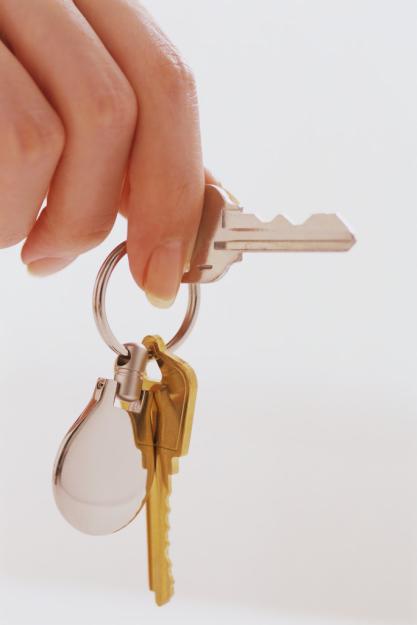Grafik Ochistki Osmotra I Remonta Svetiljnikov Seti Osvescheniya Obrazec

Pi veza – nastaje bočnim preklapanjem p orbitala tetraedarska struktura C: Z=6 1s2 2s2 2p2 ima 4 valentna elektrona u pobudjenom stanju Kovalentne veze koje nastaju prema vrsti atomske orbitale su: 1. SIGMA VEZA σ 2.PI veza π ugao izmedju veza je 120°, ugljenikovi atomi grade.
In 25 years, Eco-Schools has developed from a European educational programme to a global model for environmental education and sustainability at the international level. Highlights 1992 - Eco-Schools developed as a response to the needs identified at the United Nations Conference on Environment and Development.
1994 - Eco-Schools launched in Denmark, Germany, Greece and the United Kingdom with the support of the European Commission. 1999 - Eco-Schools received the 'Worldaware Award for Global Education' by North-South Centre of Council of Europe and National Committee for International Cooperation and Sustainable Development (NCDO). 2002 - The United Nations Environment Programme (UNEP) and FEE organised a workshop on Eco-Schools partnerships for Africa. 2003 - Eco-Schools was identified by UNEP as a model initiative for Education for Sustainable Development. 2004 - Eco-Schools 10th anniversary. The programmed had reached 4,487,807 students; 233,533 teachers; 12,640 schools and 1,661 local authorities. A total of 16,040 training sessions were organized by Eco-Schools' National Operators. 2005 - Toyota Motor Europe via its Toyota Fund for Europe, supports an Environment and Innovation Project.
Instrukciya k priboru nochnogo videniya pn 1. The First Cycle of this Project had the theme 'Sustainable Mobility' and was implemented in four countries: Italy, Germany, Spain, England and Northern Ireland. 2006 - Eco-Schools International programme reach: more than 5 million students, 22,000 schools, over 400,000 teachers and more than 4,000 local authorities. 2007 - The Eco-Schools international programme - Quality, Standardisation and Flexibility study was developed with the involvement of 15 countries: China, Cyprus, Czech Republic, Denmark, England, Greece, Italy, Ireland, Malta, Norway, Scotland, Slovakia, Slovenia and South Africa and Wales. 2008 - Toyota Motor Europe via its Toyota Fund for Europe supports the Environment and Innovation Project Second Cycle, with the theme: Climate Change: Let's Save Energy!
Vectric 2d software. A partnership with World Future Council (WFC) was established to promote and implement its KidsCall campaign - an initiative that advocates childrens' rights to a just and secure world. 2009 - The HSBC Eco-Schools Climate Initiative launched, a three-year project to empower students to become active contributors to reducing carbon emissions. Participating countries included: Brazil, China, England, Ireland, Japan, Jordan, Malta, Russia, Slovakia, South Africa, United States, and Wales. 2010 - Eco-Schools and its sister programme Young Reporters for the Environment received the second largest sponsorship ever from the Wrigley Company Foundation for a three-year Litter Less Campaign. FEE also formalised its connection with UNESCO. 2011 - Eco-Schools launces 'Connect' to map schools and enable them to connect. There are now more than 11 million students across 52 countries taking part in the Eco-Schools programme. Eco-Schools also signed an MoU with Earth Charter, a 16 point ethical framework for living in peace within a sustainable world. 2012 - Eco-Schools launched its Global Action Days!
2013 - World Days of Action 10 countries were involved in the April 2013 events - 263 schools, and an involvement of 117,561 teachers and students. 2014 - Eco-Schools is launched in India, Ghana and Australia. The Litter Less Campaign enters a new three-year cycle with 22 Eco-Schools countries involved and 5 YRE countries and a budget of USD 3.7 million.